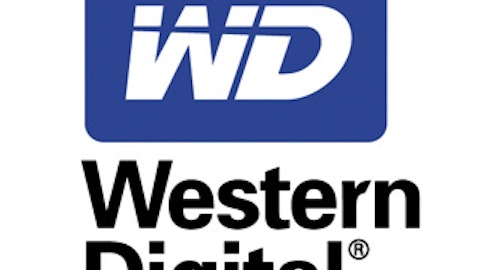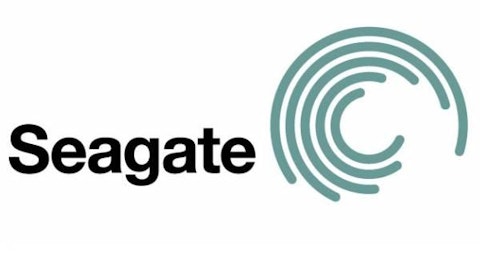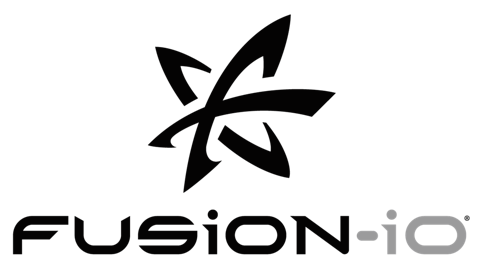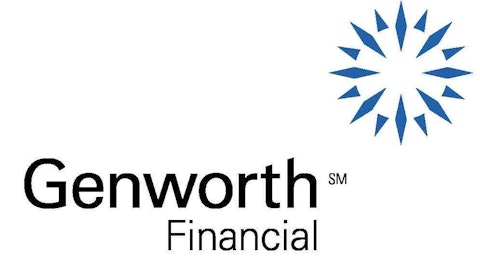
New Technologies
Hard drives provide the best combination of storage space and cost. If the chip is the brains of a computer, the hard drive is the heart. Although the technology in a hard drive is amazing, it involves a spinning disk. That results in two negatives, the drives are relatively fragile and it takes time for them to get information to users.
A new form of storage, solid state drives, solve both problems. What such drives aren’t, however, is cheap. That’s an important distinction and one that keeps the old fashioned hard drive in a dominant position in PC land.
New devices like tablet computers and cell phones, though, don’t use hard drives. As these devices have grown in popularity, they have begun to displace personal computers. That’s had a chilling effect on hard drive demand.
Doing Something
Seeing the writing on the wall, however, Western Digital Corp. (NASDAQ:WDC) has been taking steps to mitigate the issue. The first was aggressive acquisitions of hard drive makers. This cemented the company’s position in the industry. That’s the same push that Seagate Technology PLC (NASDAQ:STX) has made. Together they control around 80% of the market.
That’s created dominant cash cow businesses that each has used to grow in new markets. That said, the pair have traveled slightly different paths. Western Digital has used its cash to clean up its balance sheet and Seagate Technology PLC (NASDAQ:STX) has been returning value to shareholders through stock buybacks and a larger dividend.
At the end of the first quarter, debt made up under 20% of Western Digital’s capital structure despite a large hard drive acquisition in early 2012. In fact, the company has already paid off $200 million of the $2 billion in debt it had in the first quarter of last year. Debt at Seagate Technology PLC (NASDAQ:STX) makes up just over 40% of its capital structure.
That said, Seagate shares yield around 3.3% while Western Digital Corp. (NASDAQ:WDC)’s shares yield about 1.6%. Clearly, income investors should favor Seagate. Those seeking growth, on the other hand, should be looking to Western Digital.
With less debt and a more aggressive stance on keeping its balance sheet clean, Western Digital has been able to gain scale quickly. Seagate Technology PLC (NASDAQ:STX)’s top line has a little more than doubled over the last decade, going from about $6.5 billion to $14.9 billion. Western Digital, meanwhile, has increased its top line almost five fold, taking it from $2.7 billion to $12.5 billion.
Acquisitions
Western Digital’s most recent acquisition is the opportunistic purchase of money losing solid state drive maker STEC, Inc. (NASDAQ:STEC). It’s a $340 million all cash deal that placed a 90% premium on Stec’s valuation the day before the deal. The solid state drive maker’s shares obviously rocketed higher on the news. The company only brought in around $170 million in revenue in 2012, posting a loss of $2.22 a share. That’s not a particularly good business, but one that Western Digital Corp. (NASDAQ:WDC)was able to buy on the cheap to bolster its position in the solid state drive market.



